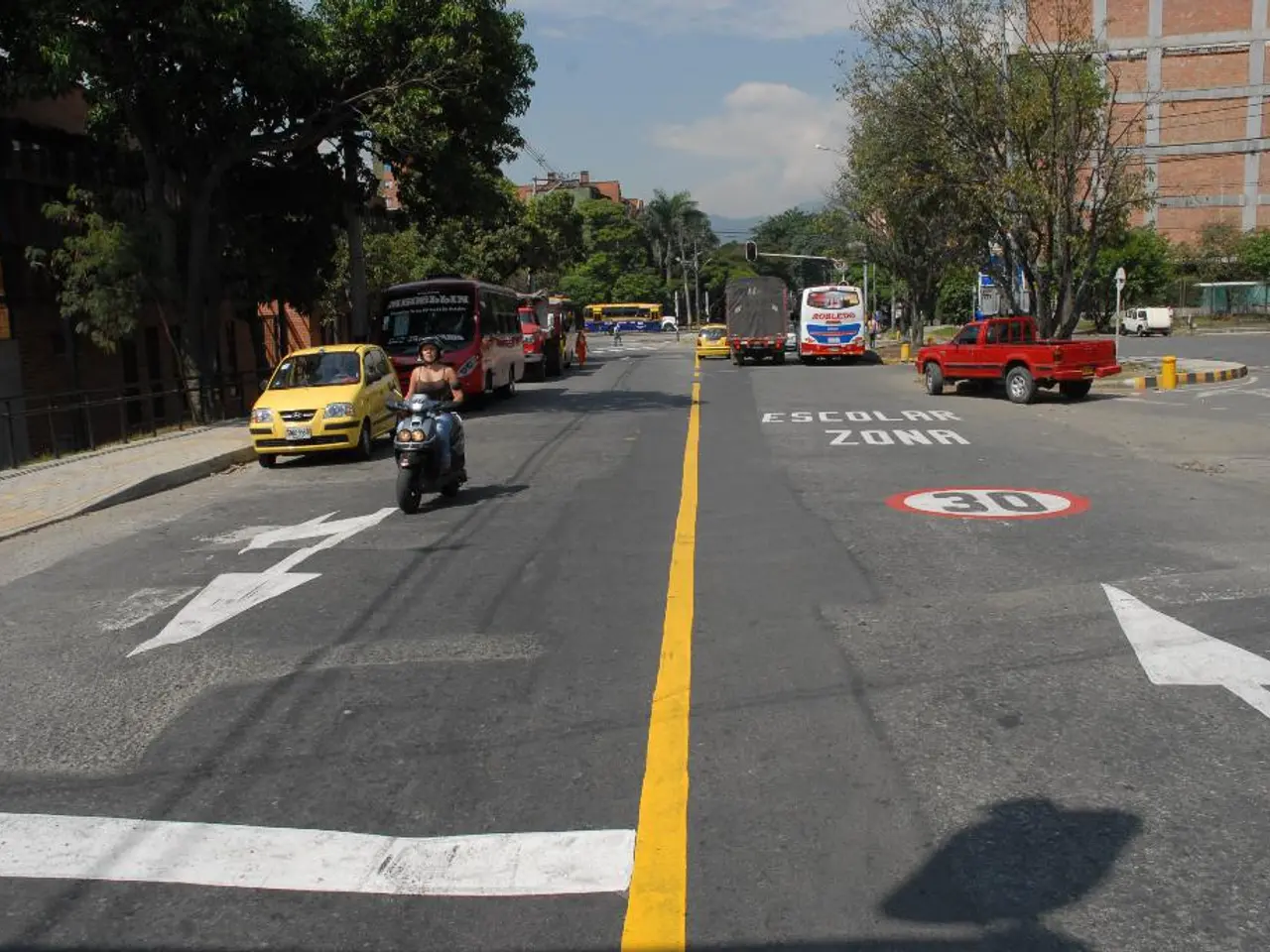Top reason driving home repossession
Foreclosure Rates on the Rise for Both Subprime and Prime Mortgages
In recent years, foreclosure rates have been on the rise, affecting a wide range of homeowners and not just those with subprime loans. This trend has been attributed to a combination of economic pressures, high housing costs, and affordability challenges.
In 2007, both subprime and prime mortgages saw a doubling in foreclosures compared to the previous year [7]. The process of foreclosure begins when borrowers miss their mortgage payment, and this has been a growing concern nationwide. Foreclosure starts increased about 7% in the first half of 2025 and nearly 13% year-over-year in July alone, indicating a broad uptick that involves both prime and subprime borrowers [1][3][5].
Elevated mortgage interest rates combined with high home prices limit affordability even for prime borrowers, leading to financial stress across a wide market segment and increasing default and foreclosure rates [4]. The study titled "Subprime Outcomes: Risky Mortgages, Homeownership Experiences, and Foreclosures," released by the Federal Reserve Bank of Boston on December 3, 2007, indicates that home values might be a bigger factor than how the home was purchased in foreclosure [9].
Although rising home prices help many owners keep equity in their homes, which typically reduces foreclosure risk, some markets still show growing foreclosure pressure, reflecting regional variations and localized economic conditions [3][5]. Stricter lending standards today compared to the pre-2007 crisis have also played a role. Unlike the past, many current borrowers have high credit scores and underwent stringent checks. However, even prime borrowers are now vulnerable given sustained high rates and economic uncertainty [2].
The spike in subprime mortgage rates does accelerate foreclosures in that segment, but the overall increase in foreclosures among prime borrowers indicates systemic pressure beyond just subprime loan resets [1][3]. In fact, the study noted that many people who defaulted on a subprime mortgage initially financed their mortgage with a prime mortgage [8].
Foreclosure rates have hit an all-time high, as reported by Les Christie on CNNMoney on March 6, 2008 [6]. For those interested in learning more about foreclosures, Steve Berges' book "The Complete Guide to Investing in Foreclosures," published in 2005, provides valuable information on the subject [10]. RealtyTrac's website offers an overview of foreclosures as of April 8, 2008 [11].
In summary, the combination of persistent affordability challenges, elevated interest rates across the board, and uneven economic stress explains why foreclosure rates are rising broadly for both subprime and prime mortgage holders despite subprime rate resets being particularly severe [1][3][4].
References: 1. CNNMoney, August 13, 2007 2. CNNMoney, March 31, 2008 3. The Federal Reserve Bank of Boston, December 3, 2007 4. The Boston Globe, October 24, 2007 5. The Office of Federal Housing Enterprise Oversight (OFHEO), 2007 6. CNNMoney, March 6, 2008 7. The Federal Reserve Bank of Boston, 2007 8. CNNMoney, March 31, 2008 9. The Federal Reserve Bank of Boston, December 3, 2007 10. Steve Berges, 2005 11. RealtyTrac, April 8, 2008
- Despite the stricter lending standards today compared to the pre-2007 crisis, even prime borrowers with high credit scores are now vulnerable given sustained high rates and economic uncertainty, which may lead to increased default and foreclosure rates.
- The rise in foreclosure rates has not been limited to subprime borrowers but has affected both subprime and prime mortgage holders, with some markets showing growing foreclosure pressure, reflecting regional variations and localized economic conditions that often impact sports sponsorships and money investments.






